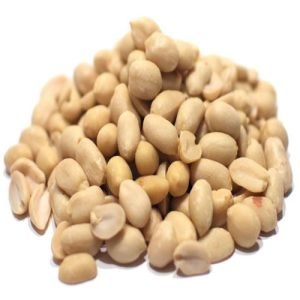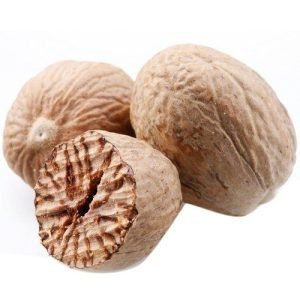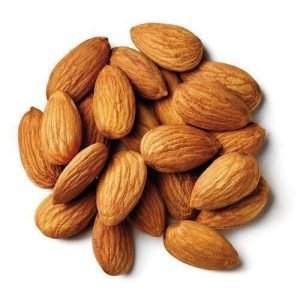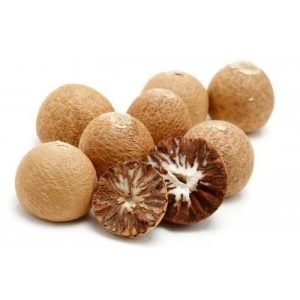Palm Nuts: A Versatile Nut with a Rich History
The humble palm nut, often overshadowed by its more famous cousin the coconut, is a powerhouse ingredient with a unique flavor and diverse applications. Native to tropical regions around the world, palm nuts have been a staple food source for centuries and are gaining recognition for their culinary and industrial uses.
A Rich History and Diverse Varieties:
Palm trees boast over 2,500 species, many of which produce edible nuts. Popular varieties include:
- Tenera palm: The source of palm oil and palm kernels used in various food and industrial products.
- Bactris gasipaes (Peach palm): Native to South America, known for its sweet, peach-like flavor.
- Asai palm: Primarily cultivated for its popular fruit, the açaí berry, but the nut is also consumed in some regions.
A Unique Flavor Profile:
Palm nuts offer a distinct flavor profile, often described as:
- Earthy and nutty: Similar to hazelnuts or pecans with a subtle sweetness.
- Slightly oily: Due to their high oil content.
- Creamy and buttery: When cooked, the texture becomes soft and creamy with a rich, buttery taste.
Culinary Delights:
Palm nuts are enjoyed in various ways around the world:
- Roasted: A popular snack, similar to roasted peanuts.
- Ground into flour: Used to make pancakes, breads, and other baked goods.
- Pressed into oil: Palm nut oil has a unique flavor and is used in cooking and cosmetics.
- Added to soups and stews: For a rich, nutty flavor and creamy texture.







